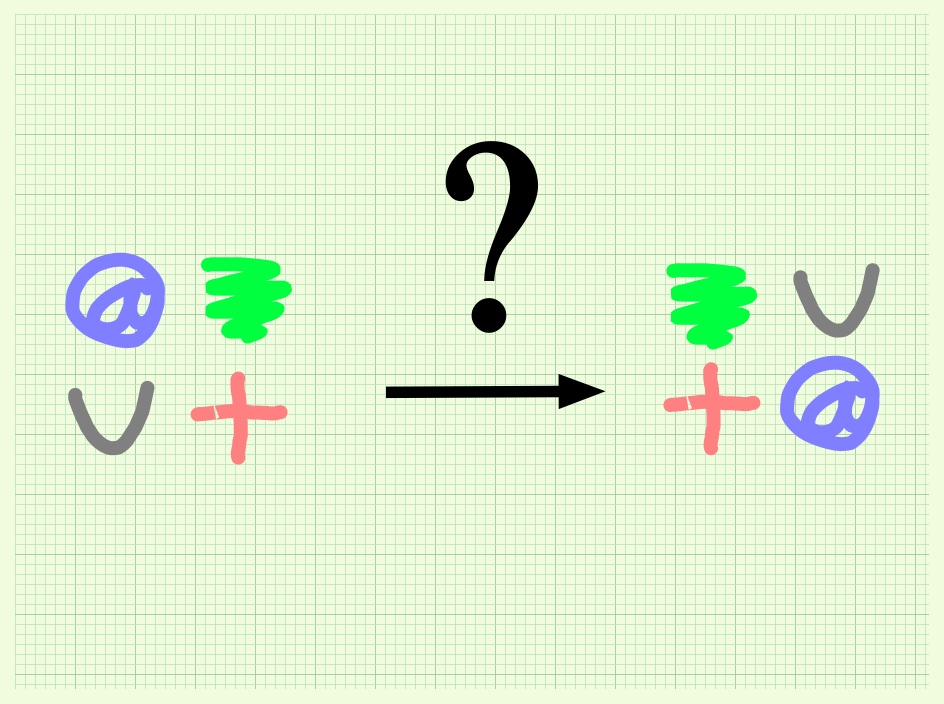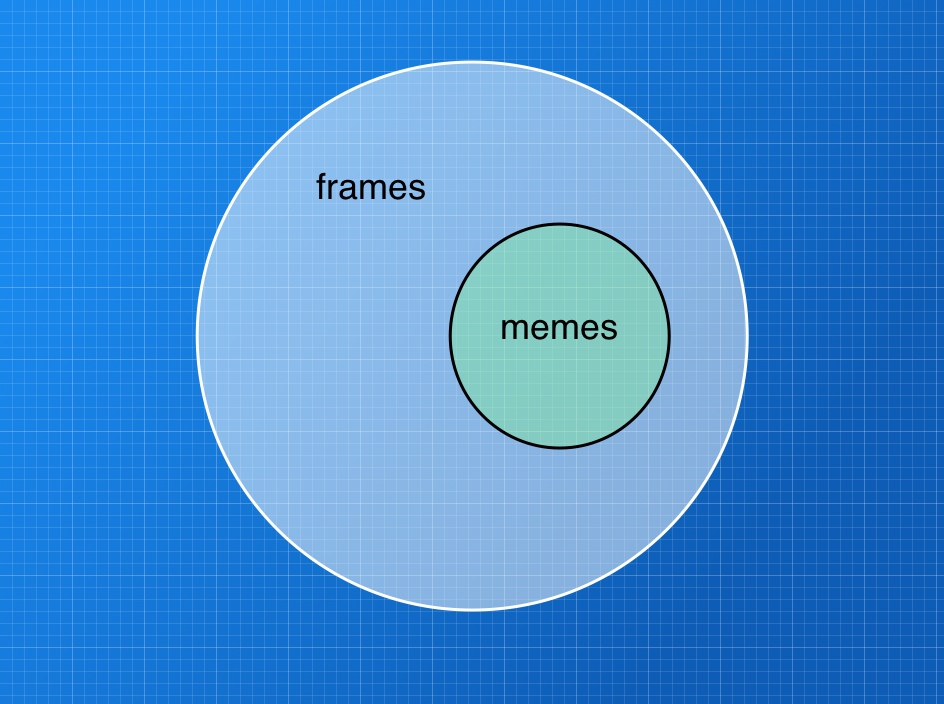Whiteboard + Table Legs = Revolution
Whiteboard Table
A couple of years ago my colleague Mitch Layland bolted an old whiteboard to some old table legs:
The idea went viral - lots of teachers started asking for them:
Consider what a revolution 90° makes. It's a political revolution!
A vertical whiteboard is for broadcasting. It is a one-to-many delivery system.
In contrast a horizontal whiteboard table is space to be claimed. It allows many-to-many collaboration via line-of-sight.
Vertical is tyranny, horizontal is power to the people!
Here are the tables in action, including a video:
When we have visits by teachers from other schools, the whiteboard table is always remarked on. As soon as you seen one, the idea seems simple, powerful and obvious.
But until you see one, the idea does not occur.
Which begs a question: what else aren't we seeing?
Or more broadly: How can we develop the ability to see the bleeding obvious?
Some people are gifted it in this, but not me, and I want a method for acquiring the skill.
I label and describe physical objects as 'frames' in an attempt to uncover the obvious.
In my last post I introduced 'frames theory' whose very purpose it is to develop this skill, exposing blind spots and challenging the tyranny of the familiar
So I shall conclude by recasting the whiteboard table in the terms of frames theory.
Younglings reconfigure space without thinking about it.
The physical classroom itself is an 'organisational frame'.
An 'organisational frame' is matter organised in a particular way.
e.g. a classroom might be: four walls, a door, and some windows.
Organisational frames are nested. Within a classroom we find lots of other frames: a vertical surface with legs, called a 'table', and another called a 'chair'.
In frames theory we try to see these objects like lego bricks, and approach them with the attitude of a toddler who smashes things into other things, turns things upside down stacks things on things, and so on, with no end goal at all.
The point is to be playful, and you can't be playful if you think space is immutable.
Obvious to young learners.
So we ask, what if we used the tables as chairs? or the chairs as tables? Or we turned them on their sides? Or added legs, or put them on wheels?
Then we notice the whiteboard up the front and we ask: what if we put it at the other end? Or put it on the floor? Or dangled it from the roof? What if we cut it in two?
Back to kindergarten for me to see the obvious.
What if we put it on a table?
The language of 'frames' forces us to step back and label the bleeding obvious, which is a step toward transforming the familiar.
Go into a space, and take an inventory of the frames, and define them like you're an alien from Mars.
What is right before your eyes, that you're just not seeing?
POST-SCRIPT: an excerpt from "Antifragile" by Nicholas Nassim Taleb, p188
"We keep being reminded that the Mesoamericans did not invent the wheel. They did. They had wheels. But the wheels were on small toys for children. [] They used vast quantities of human labor, corn maize, and lactic acid to move gigantic slabs of stone in the flat spaces ideal for pushcarts and chariots where they built their pyramids. They even rolled them on logs of wood. Meanwhile, their small children were rolling their toys on the stucco floors"





















